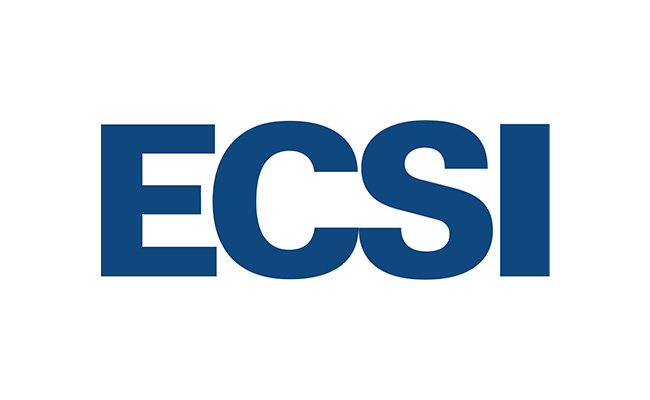What is customer service technology?
The term customer service technology typically refers to the platform and software contact centers use to provide customer support. The quality and capabilities of the technology have a significant impact on both customer and agent experience, as well as contact center performance. Businesses who want the best customer service technology should look for reliable solutions that are robust enough to meet customer demands and flexible enough to adapt to future needs.
Customer service technology commonly falls into the following broad categories:
Analytics
Contact centers are rich with data. Analytics tools help turn all that data into usable information. Customer service technology that falls into this category includes reporting, interaction analytics, and customer surveys. Information provided by these tools helps managers understand key areas like contact volume, operational performance, customer satisfaction, contact drivers, and more.
Cloud-based vs on-premises
Customer service technology isn't just about features and functionality. A very fundamental decision businesses must make is whether to go with a hosted cloud-based solution or have the software on their own premises. A cloud-based solution involves paying a vendor a monthly fee to host the software, which means they provide the servers, apply the software updates, fend off hackers, etc. Having software on-premises requires not only the software licenses, but also hardware purchases, IT staff training, and more. Both options have unique pros and cons, but for flexibility and maintenance ease, it's hard to beat the cloud.
Routing software
Routing software identifies where the incoming contact needs to go, and then gets it there. For example, an interactive voice response (IVR) system --which is the phone menu you often hear when you call customer support -- can ask the caller a series of questions that helps identify which agent team the call should go to (ex., claims or billing). The information is then passed to the automatic call distributor (ACD), which queues the call for the appropriate team. IVR systems and ACDs are two cornerstones of customer service technology.
Workforce optimization
Contact centers usually have large groups of agents, and they all need to be trained, scheduled, managed, monitored, and motivated. A good workforce optimization suite supports all these tasks. Workforce management software, which automates contact volume forecasting and agent scheduling, is the foundational software in this category. Rounding out this group are recording software, quality management systems, and performance management tools designed to develop agents and bring visibility to their performance.









